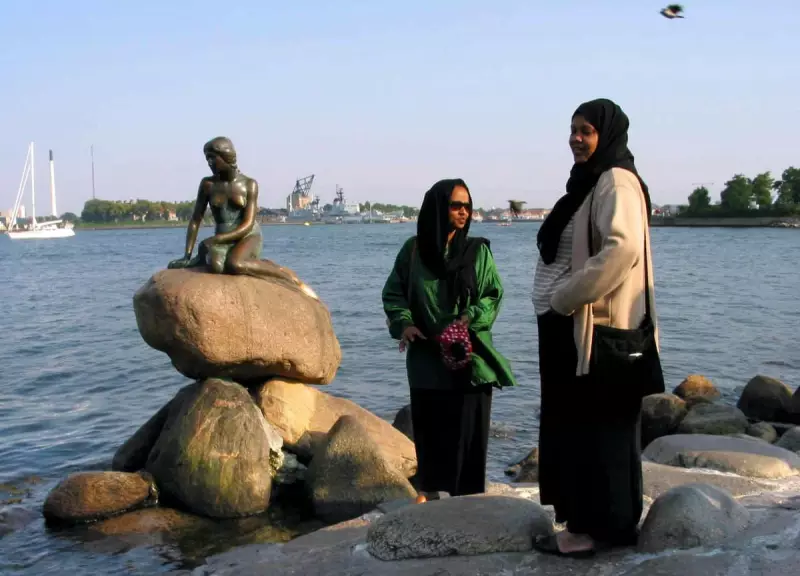
Denmark's National Conversation on Immigration
In November 1985, Denmark found itself at a crossroads that today's UK government might find familiar. Parliament had just given initial approval to new legislation aimed at reducing the influx of Middle Eastern refugees, which had reached approximately 200 people per week. This development came as a shock to what was then Europe's most stable and homogeneous nation.
The Visible Crisis
The situation became dramatically visible beside Copenhagen's famous Tivoli Gardens, where Iranian refugees established a makeshift camp beneath the railway station arches. With police permission, they conducted a week-long vigil designed to shock Danish citizens. Their poignant placard depicted a long arm bearing the Danish flag handing a refugee to Ayatollah Khomeini's jaws.
This protest occurred against a backdrop of rising tension. Earlier that summer, Denmark witnessed its most violent crowd incident in years when scores of youths attacked a hostel housing Iranian refugees on two consecutive evenings.
Understanding Danish Resistance
Arne Piel Christiansen, general secretary of the Danish Refugee Council, offered insight into the national psyche. "It's more a kind of confusion about how to react to foreigners rather than racism as such," he suggested. The numbers seemed small - Denmark's 53,000 Third World foreigners represented barely 1% of the population.
Professor Jacques Blum of Copenhagen University provided a more pointed analysis. "Danish racism is very Danish," he remarked, explaining that the country had previously directed few prejudices against foreigners because there were so few. Earlier immigrant groups like Jews, Poles, and Hungarians had assimilated easily, but the new arrivals from Islamic countries presented a different challenge.
Professor Blum highlighted the cultural clash: "The first two things Danes are told when they grow up are 'don't be different' and 'don't think you're somebody.'" This cultural conditioning, he suggested, contributed to Denmark having one of the world's highest suicide rates and created difficulties in accepting the self-assertive, good-looking refugees from Iran and Lebanon.
Political and Practical Responses
The refugee flow had become an organized operation, with East Germany playing a significant role by flying asylum seekers to Berlin on state airlines before they boarded ferries to Denmark. This created a new stream of adult males after Denmark had stopped labour immigration a decade earlier during economic recession.
Danish authorities attempted integration policies including a 10% quota for immigrants in housing estates and dispersing refugees to old hotels rather than creating large ghettos. Ironically, this policy of creating many small concentrations brought the issue home to more Danes than segregation might have.
The political response saw unusual consensus, with the government and main opposition parties jointly pushing through asylum procedure changes. Justice Minister Ole Espersen, who had championed the earlier liberal law making Denmark Europe's easiest country for asylum seekers, argued the new bill wasn't tougher but would speed up review procedures to within one or two weeks.
Despite these measured approaches, Professor Blum noted the public perception: "Two hundred refugees a week is not a lot, but I'm afraid the Danes can't stand it." His words echo concerns in contemporary Britain as it considers emulating Denmark's asylum model.





